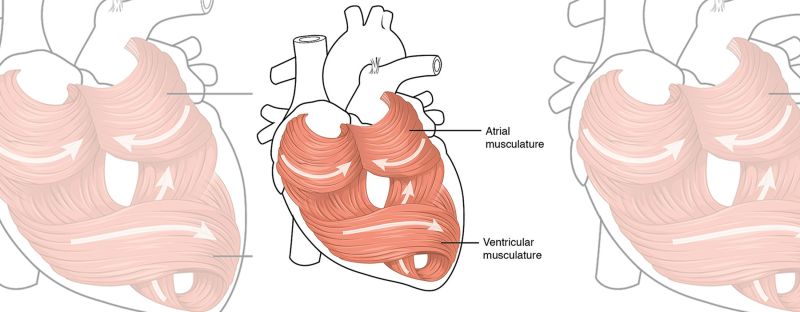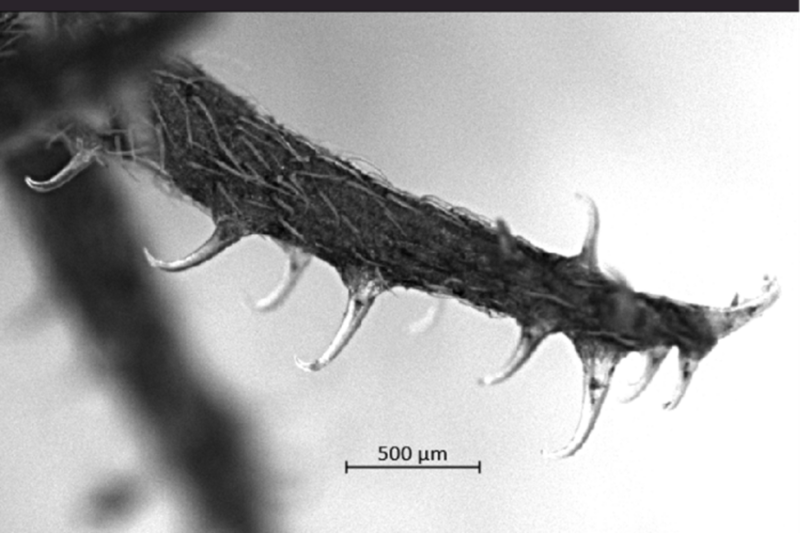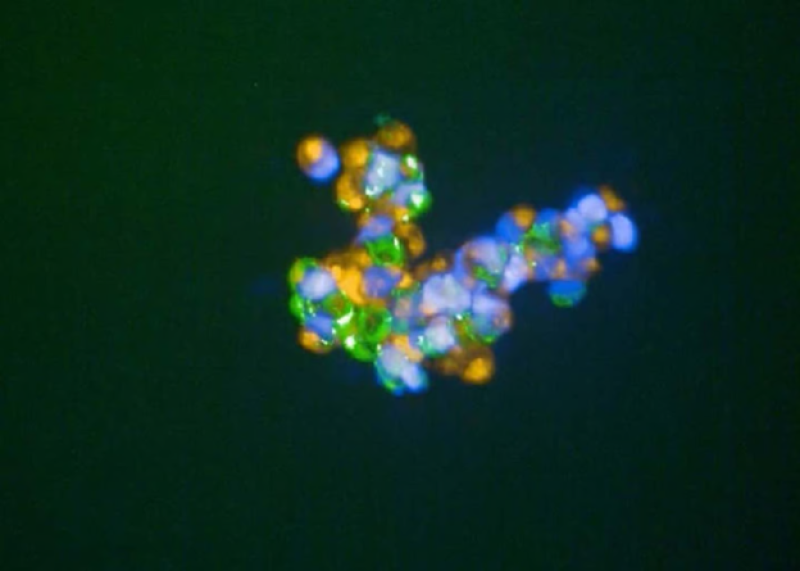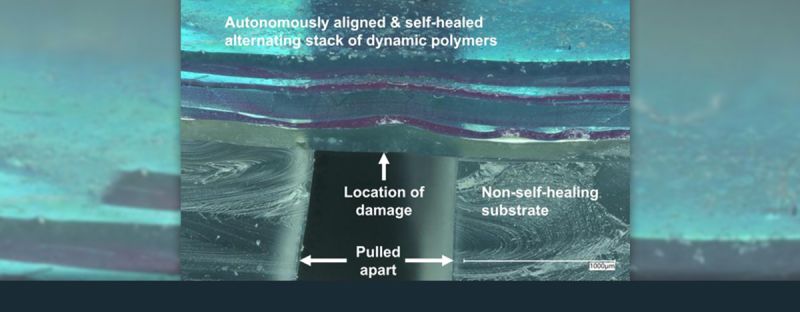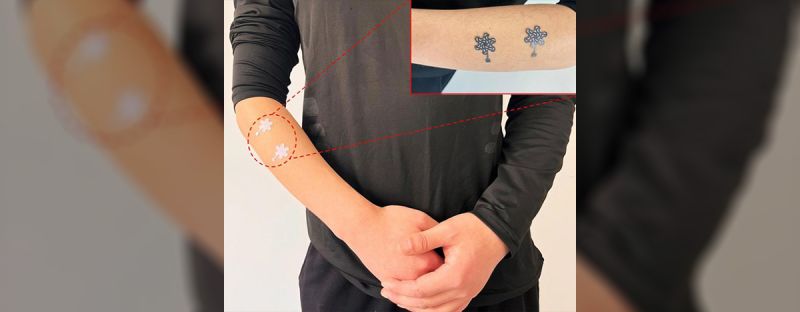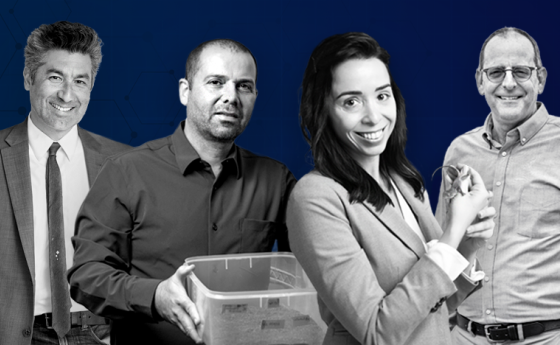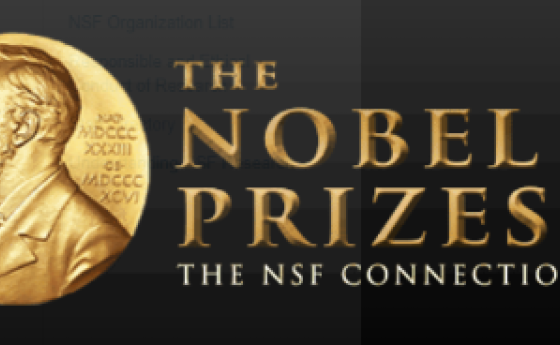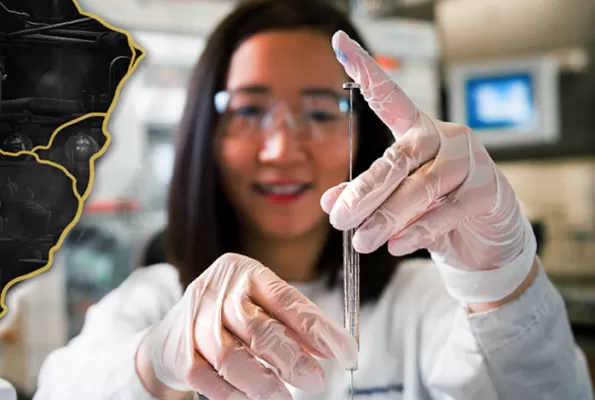
Forget Frankenstein: Researchers find new ways to heal body, save lives
In Mary Shelley's "Frankenstein," Dr. Victor Frankenstein famously constructed a fictitious creature in a tale of pseudoscience and ambition gone wrong. Aimed at entrancing 18th century readers, the "science" of stitched-together body parts was entirely fake — but the horror was real.
Today, U.S. National Science Foundation-funded researchers are working across multiple fields of science and engineering for a completely different purpose: heal diseased organs and wounds, improve surgical outcomes, help burn victims and improve our general quality of life.
Learn more about five technologies that may help people around the world.
3D-printed heart muscle
With advances in the last decade, 3D-printing has been at the forefront of constructing heart tissues and structures, leading to better platforms for discovering new treatments for heart disease.
Now, NSF-funded researchers have demonstrated that hydrogel ink infused with gelatin fibers enables 3D-printed heart muscle to beat. The ink "is capable of flowing through the printing nozzle but, once the structure is printed, it maintains its 3D shape," says Suji Choi, a researcher at Harvard's School of Engineering and Applied Sciences. "Because of those properties, I found it's possible to print a ventricle-like structure and other complex 3D shapes without using extra support materials or scaffolds."
When electrical stimulation is applied to 3D-printed structures made with the special ink, it causes contractions similar to how a real heart pumps blood. Eventually, bioengineers could even fabricate implantable tissues that can heal or replace failing parts of a patient's heart.
Plant-inspired surgical techniques
Using hooks, burrs can latch on to anything that gets near them, such as fabric or fur. Using a model of how these hooks work, researchers at the NSF-funded Center for Engineering MechanoBiology at Washington University in St. Louis are developing a new surgical approach to reattaching tendon to bone, which is required in many surgical procedures.
For surgeries such as repairing torn rotator cuff tendons in the shoulder, a condition that affects more than 30% of the population over the age of 60, current suturing methods fail to distribute stress evenly, leading to failure rates as high as 94%. The new strategies show promise for balancing forces across sutures, reducing the stress on healing tendons and potentially doubling repair strength over current methods, the researchers said.
Preclinical testing of the new suturing method is underway in the laboratory of Stavros Thomopoulos at Columbia University. "Current experiments in the lab are evaluating how suture spacing inspired by hitchhiker plants affects rotator cuff repair strength," Thomopoulos said. The improved techniques could be used in surgeries within two years, the researchers estimate.
Cellular 'glue'
Adhesive molecules are found naturally throughout the body, holding its tens of trillions of cells together in highly organized patterns. They form structures, create neuronal circuits, guide immune cells to their targets and facilitate communication between cells to keep the body functioning as a self-regulating whole.
NSF-powered researchers at the University of California, San Francisco have engineered molecules that act like "cellular glue," allowing them to direct in precise fashion how cells bond with each other. The engineered cells contain customized adhesion molecules that bind with specific partner cells in predictable ways to form complex multicellular ensembles.
"We were able to engineer cells in a manner that allows us to control which cells they interact with, and also to control the nature of that interaction," said Wendell Lim, a biochemist at UC San Francisco. "This opens the door to building novel structures like tissues and organs."
These discoveries also have other applications. For example, researchers could design tissues to model disease states to make it easier to study them in human tissue.
Self-healing electronic skin
Human skin is capable of sensing temperature, pressure and texture, alongside stretching and bending, and provides a barrier between the body and the environment. NSF-funded researchers are at the forefront of developing self-healing electronic skin that realigns when cut.
Skin is formed of layers and has mechanisms that rebuild the tissue with the original layered structure. "With true 'skin,' the layers should realign naturally and autonomously," says Chris Cooper, an engineer at Stanford University.
The team might be able to create multitiered synthetic skin with individually functional layers as thin as a micron each — thin enough that a stack of 10 or more layers would be no thicker than a sheet of paper. "This is a critical step toward mimicking human skin, which has multiple layers that all reassemble correctly during the healing process," says Cooper.
Low-cost, wearable sensors for monitoring health
NSF-funded researchers have created an accessible, affordable, waterproof, wearable sensor to monitor multiple vital signs. And what could these mysterious sensors be made of? Every scientist's trusty two friends: A pencil and paper! The sensor also has a superhydrophobic coating, making it waterproof.
"In this case, we are looking to measure gas molecules, temperature and electrical physiological signals," says Huanyu "Larry" Cheng, an engineer at Penn State. "If we get interference from the moisture or rapid humidity, the signal and mechanical robustness will be compromised. That's why we designed a superhydrophobic coating, making the sensor practically waterproof."
The researchers used a silica hydrophobic coating, which had been used for other sensors but never for the pencil-on-paper sensors. These sensors were also designed to be stretchable, making it wearable on the skin.
In addition to capturing temperature and gas molecules, the sensors could capture electrical physiological action to monitor muscular motion, cardiovascular activity and brain signals. The device also has the potential for stimulation; for example, the sensor could administer thermal therapy by sending a current to the skin.
So, there you have it — five groundbreaking NSF-driven technologies that, unlike the work of Dr. Frankenstein, are anything but scary.

